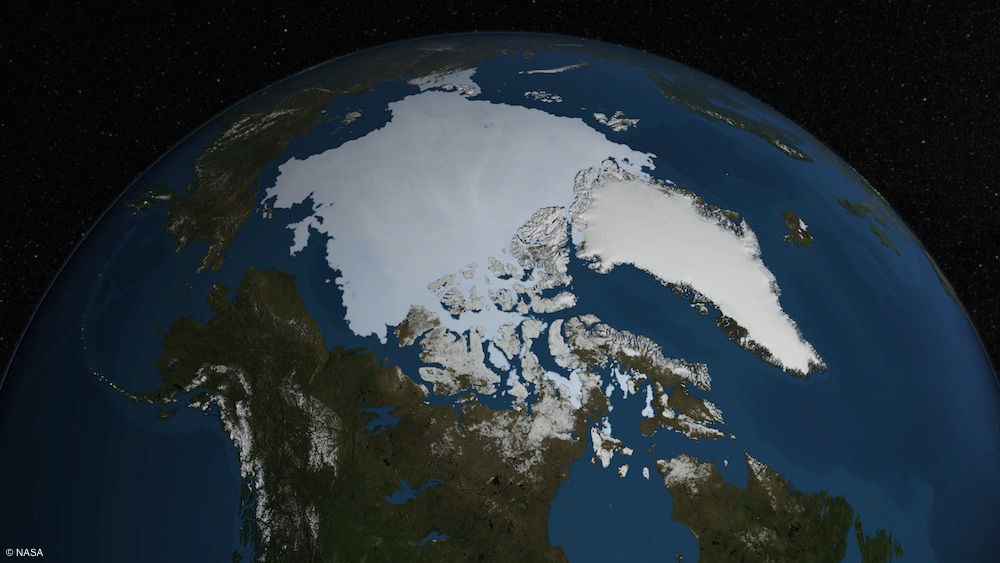With March 2016 seeing the second lowest Arctic Sea Ice maximum extent since 1979, and with sea ice conditions already at record lows for this time of year, there is already talk that September 2016 may see another record low Arctic sea ice minimum extent.

However, satellites monitoring Arctic sea ice are starting to show signs of age, making it increasingly more difficult for scientists to have the tools that allow them to continuously monitor Arctic sea ice.
As many parts of the Arctic are remote and difficult to access, satellites play a key role in monitoring the region, especially when it comes to monitoring sea ice changes. So if these satellites start to have problems, it makes it more difficult to collect data on the Arctic.
In April, the US’s DMSP F-17 satellite - which collects data on Arctic sea ice for the National Snow and Ice Data Center (NSIDC) in Boulder, Colorado, USA - began to malfunction. NSIDC researchers are transitioning to using data from the US’s DMSP F-18 satellite and have used data from Japan’s AMSR2 sensor as an interim.
While the DMSP F-17 is not the only satellite that is capable of monitoring Arctic sea ice, the fact that it began to malfunction highlights the issue that satellite monitoring capabilities need to be maintained if we wish to continue monitoring remote regions of the planet such as the Arctic.
The ageing satellite issue has been reported in a number of different media outlets, including the Washington Post, Mashable, Nunatsiaq News, and Forbes (featuring commentary from NSIDC sea ice scientist Walt Meir).
